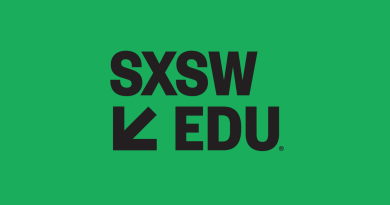Future-Proofing UBalt: Dual Modality Through a New Lens
With shifting enrollment patterns, evolving student needs, and increasing financial and policy pressures, institutions are rethinking how courses are designed to provide more approachable and adaptable learning experiences. UBalt has already explored hybrid learning through Bee-Flex, now called Dual Modality, where students can attend the same course in person or remotely via Zoom. While this model has been in place for some time, more UBalt programs are now exploring ways to expand flexible learning to meet student needs while maintaining instructional quality. These articles offer strategies and lessons learned from institutions across the country:
- Optimizing Shared Spaces for Hybrid Work and Instruction (EdTech Magazine) – As campuses rethink physical infrastructure, hybrid learning spaces must be designed intentionally to balance in-person and remote engagement. This article explores strategies for reconfiguring classrooms, investing in accessible tech, and ensuring hybrid learning environments foster interaction and equity.
- Seamless, Scalable, Smart: Streamlining HyFlex Learning (EDUCAUSE Review) – With more institutions expanding HyFlex learning, this article highlights the key challenges faculty face in managing multiple learning modalities simultaneously and how intuitive technology solutions can help streamline course delivery for instructors and students alike.
- Strategies for Teaching Complex Subjects in Large Hybrid Classrooms (Faculty Focus) – Teaching in hybrid and HyFlex environments isn’t just about logistics; it’s about maintaining engagement across multiple modalities. This article shares practical strategies for structuring active learning, ensuring participation equity, and leveraging technology for deeper student interaction.
UBalt’s Dual Modality courses reflect a larger shift in how students engage with higher education. As institutions nationwide experiment with HyFlex, hybrid, and blended learning models, it’s clear that one-size-fits-all course delivery is no longer sufficient. More than ever, faculty are being asked to think creatively about how they engage students across multiple learning environments. While Dual Modality presents new challenges, it also offers new opportunities. The ability to serve more students, increase flexibility, and adapt to diverse learning needs may play a crucial role in UBalt’s ability to navigate the shifting higher education landscape. As more programs explore these models, faculty insight and innovation will shape how flexible learning evolves at UBalt.

